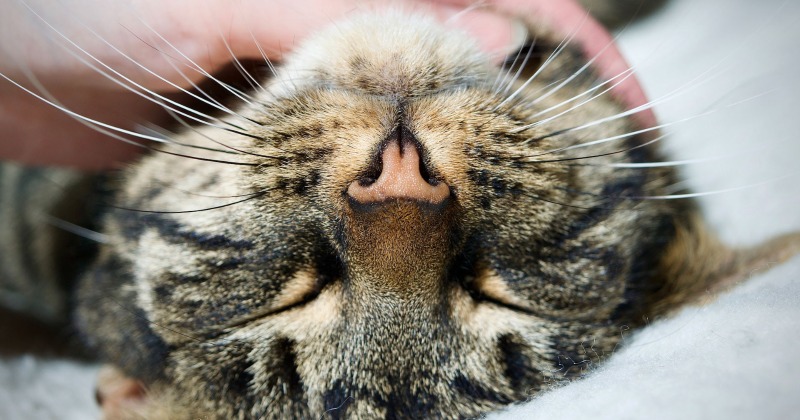Being Well Podcast: Linking
On today’s episode of the Being Well podcast, Dr. Rick Hanson discusses “linking” – how we can use new, positive experiences to soften and eventually replace old, negative ones.

From Craving to Contentment
This talk from the San Rafael Meditation is titled, “From Craving to Contentment” and focuses on where our mind dwells and what is in our heart, and the relationship between the two.
Being Well Podcast: Key Resource Experiences
On today’s episode of the Being Well podcast, Rick and Forrest Hanson talk about how we can find and use “key resource experiences” – experiences that we can match to our unique vulnerabilities in order to grow the strengths we need the most.
How Your Childhood Experiences Shape You
Your experiences as a child make a big impact on your own sense of autonomy, and how it affects your relationships. In the excerpt below, we’ll explore how your childhood has impacted your own sense of intimacy.
Being Well Podcast: Enriching and Absorbing
On today’s episode of the Being Well Podcast, Dr. Rick Hanson explores the “installation” stage of learning in detail, including how we can internalize the various positive aspects of any experience to grow the strengths we need the most. 0:50: What attracted you to...
Rick Hanson on the Deconstructing Yourself podcast
Learn about the tension between accepting and changing how you’re feeling, spiritual bypassing, cultivating positive states of mind, and more.
Feeling Successful
Experiences of meeting your goals feel good, lower stress, and build positive motivation. They reassure you that you’re making progress, which helps you stay in the Responsive mode – in the green zone – as you go through your day.

Being Well Podcast: H.E.A.L. Yourself
On today’s episode of the Being Well podcast, Dr. Rick Hanson beings his focus on the strength of Learning with a critical question: HOW can we grow the positive traits we want more of inside ourselves? To do this, he explains the HEAL process that allows us to learn from our experiences more effectively.